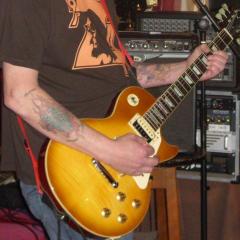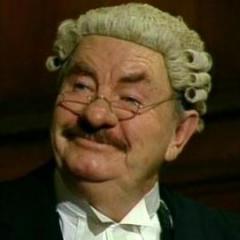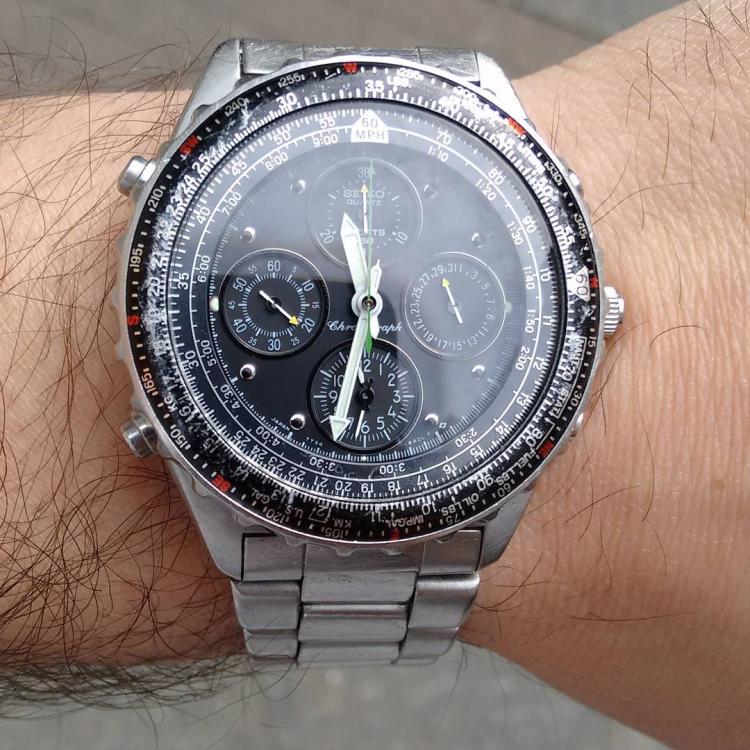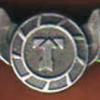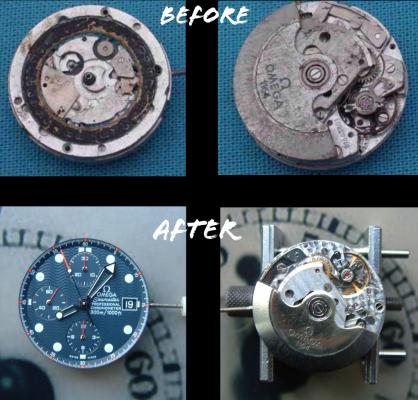Leaderboard
Popular Content
Showing content with the highest reputation on 09/29/16 in all areas
-
You might want to have a look at these reviews on ebay sniping software and sniping strategies: http://andrewminalto.com/best-ebay-snipers/ https://www.thebalance.com/sniping-on-ebay-the-good-the-bad-and-the-ugly-1139904 some that I have spoken to in the IM/IT world in Canada have tried this free service and the reviews aren't bad so far as its an online service so you don't need to have your Mac or PC on when the bidding occurs: http://www.auctionstealer.ca/home.cfm And just for the record, I didn't bid on this either.2 points
-
2 points
-
I assume you meant 6497-2 which runs at 21,600? So because I wasn't 100% sure I've attached the specifications for both the 18,000 version and the 21,6000 version timing specifications amplitude etc. You notice they only give a maximum amplitude not a typical running amplitude. The only way to really tell if what you have is right is to wait 24 hours and it has to be better than the minimum. Then in real life you don't care what the amplitude is sort of. Normally people are more concerned about timekeeping not amplitude unless they're having a problem with timekeeping. What you want to look at is the isochronism number variation from fully wound until 24 hours later. If you're getting that who cares what the amplitude is?1 point
-
Yes, like jdm said. If the rate is the same or within 5-10 sec/day difference in the different positions then its ok. Many thing can couse low amplitude. I suggest to check amplitude again after a few days. All the watches i serviced had different gain in amplitude after a few days. Maybe i make something wrong1 point
-
1 point
-
1 point
-
1 point
-
No need to pay, scratches like the one on the bezel or even deeper, and ugly dents, are easy to buffed using hard felt wheel and Dialux orange. Have the watch checked on a timegrapher, all the parameters and pattern have to be considered.1 point
-
"At 10:25 one can clearly see that the end curve is NOT following the pins. " I also omitted the most important word Watching Marks video again and again and just realized that his patient has a bending at the stud. It seems that i need to move the regulator next to the stud, make the start of the curve between the pins and then form the proper arc from there. Shortly, i need to start shaping from the stud. Now all is clear, but to much coffe for today... lets hope i wont make it worse1 point
-
1 point
-
Mark has some good videos about hairsprings. You could type into youtube search watch hairsprings and Marks videos will come up including many others. It is best to watch the videos then for me to explain what you should do.1 point
-
To address the collet being off center, you can try the followoing a). Manipulate the spring at point A to move the collet in an arc so that it gets centered on the cock. b). Manipulate point B so that the whole hairspring shifts in the direction of the arrow. Also check that the spring run from the stud to regulator is consistent, ie if it is in the centre when the regulator is centred, it should be centred when regulator is set to fast or slow. Enjoy yourself. Anil1 point
-
1 point
-
I wouldn't alter the dog legs. All you have to do is to correct slightly the final curve. If you look on youtube there is a video by perplxr doing that on a running movement.1 point
-
No matter where the regulator is the hair spring should be able to bounce between the regulator pins and no two coils of hair spring should be touching.1 point
-
The regulator pin distance is relative to how much the hs is "breathing", again this depends on its shape and amplitude. Personally I woud try a small manipulation of the hs to contrast the sagging when vertical, rather than messing with the regulator pins. But in this case you are doing positional adjustment and that is more an art than science.1 point
-
Can you re-pin the hs on the end stud to be an hair longer? That could avoid manipulation of the dog leg which is always a risky proposition.1 point
-
This is a good link that explains better than I could. The hairspring should be in the middle of the regulator pins & stay in that position throughout all of the regulation, http://raulhorology.com/2012/12/the-mark-of-a-true-watchmaker-forming-hairsprings-part-4-pinning-to-the-stud-final-adjustments/1 point
-
Here in the UK Cousins still have the parts for the 1020. See link below: The date corrector lever is available. https://www.cousinsuk.com/category/omega-movement-parts1 point
-
Its fine putting it through the cleaner just like any other Omega auto wind or manual wind. Just don't use one of those fiber glass tipped brushes on it as that will take of the gilding. Sorry can't find a service manual with oiling info, but there is this. http://watchguy.co.uk/service-omega-seamster-166036-calibre-752/1 point
-
The movement is ticking but with ~100 degrees amplitude. Beat error is low. Hairspring looking good. The impulse jewel may be wrong... Actually, the movement bought for replacement has also an Ellipsenstein. I will replace that and see what happens. Also its looking like the center wheel staff is not upright. First the replacement center wheel was looking like an umbrella after riveted to the staff. The watch was stopping randomly as the center wheel was touching the balance wheel. This was corrected.1 point
-
Very artistic watch out for magpies tho they like shiny things and will fly away with it.1 point
-
I have looked covetously at those Bergeon hand gauges on many an occasion, even put in the cheeky bid only to loose out to someone with better finances, but the truth is I simply can't justify the cost. Measuring the inside diameter of hands is something that I don't often need to do but when I do need to I use the poor man's approach :-) A brass taper pin, a CD pen, and a vernier caliper. The taper pins can be obtained in a variety of sizes from clock supply houses for not very much and are extremely useful in all sorts of situations. This one goes down to 0.2mm which is fine for most hour and minute hands; seconds hands may require a slightly smaller pin. The hand slides down the pin until it stops, and the pin is marked with the CD pen. This is a minute hand for an ETA 2783. With the hand removed the pin is measured at the pen mark using the vernier caliper. In this case 0.9mm. As I said, I rarely need to do this but when I do it's when I am sorting through my collection of salvaged hands to try and find one to fit a particular job, in which case I actually adopt a slightly different approach. I measure the post that I need to find a hand to fit. Then using the caliper I locate the point on the taper pin that corresponds to the required diameter and mark it with the pen. I then simply drop the potential candidates onto the pin and see how close they get to the mark. If they are too big then they will drop to below the mark and are rejected. If they stop at the mark then they are the required size. If they stop above the mark then depending on how much too small they are they are either rejected or broached out until they fit. Simples1 point
-
1 point



